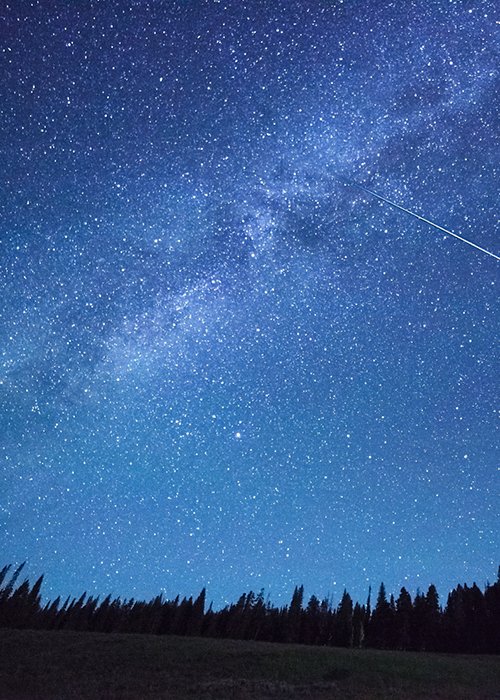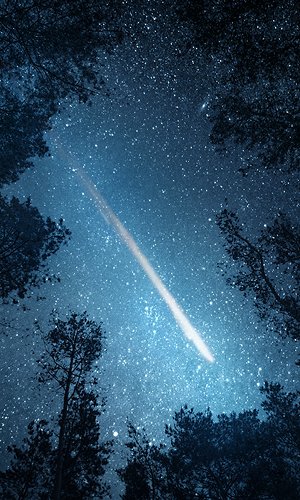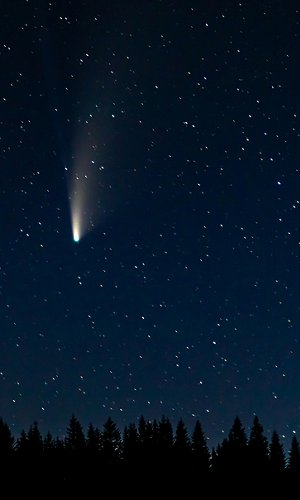In Italy, St. Lucy’s night is known traditionally as “the shortest night of the year”, but due to the passage of the Geminid meteor shower, it will also become the “brightest night of the year”. In fact, the night between the 13th and 14th December coincides with the period of maximum activity of the December meteor shower, the Geminids, which are no less numerous and bright than the Perseid meteor shower, on the St. Lawrence’s night.
These December shooting stars suddenly appear in the sky as luminous trails lasting a few seconds. The radiant point, that is the point from which the meteors appear to radiate, is close to the star Castor, in the Constellation Gemini (from which they take their name) north west of the well-known Orion’s Belt. However, you do not need to know all the constellations, since the meteor shower will be visible in a large part of the sky.What is the origin of these shooting stars? The Geminids, unlike other meteor showers, do not originate from the debris of comets destroyed when they enter our atmosphere, but are fragments of a an asteroid discovered in the 1980s by NASA, 3200 Phaeton. The asteroid was named after Phaeton who, according to Greek mythology, was the son of the god Apollo and who, to prove that he descended from a god, asked to drive his father’s sun chariot but, due to his inexperience, lost control of it and burnt a stretch of sky, giving rise to the Milky Way.
According to NASA scholars, 3200 Phaeton may also be an extinct comet, that is a comet that, during its passages close to the Sun, has lost almost all its ice covering, leaving its rocky core exposed. During its passages through the solar system, 3200 Phaeton encounters the orbits of Mercury, Venus, Mars and Earth. When our planet crosses the tail of debris left by the asteroid, these rock fragments enter Earth’s atmosphere and burn, leaving a luminous trail behind them, and creating the spectacular effect of shooting stars.
This year will also be a favourable year for observation, because (weather conditions permitting) the moon will already be waning just after twilight. The maximum peak, with around 100 meteors an hour, will occur after two in the morning of the 14th December, but the phenomenon will continue in the next few days. Those who do not mind the cold will be able to better enjoy the spectacle by moving away from large light sources, like cities.
Yet leaving aside shooting stars, why is St. Lucy’s night considered to be the shortest night of the year? The saying dates from as far back as the 16th century when, before the introduction of the Gregorian calendar (in 1582), this festivity fell close to the winter solstice. However, introduction of the new calendar led to a difference of 10 days, to realign the calculation of calendar days with the solar year; thus although the day dedicated to celebration of St. Lucy s no longer near the solstice, the saying has survived up to the present day.





